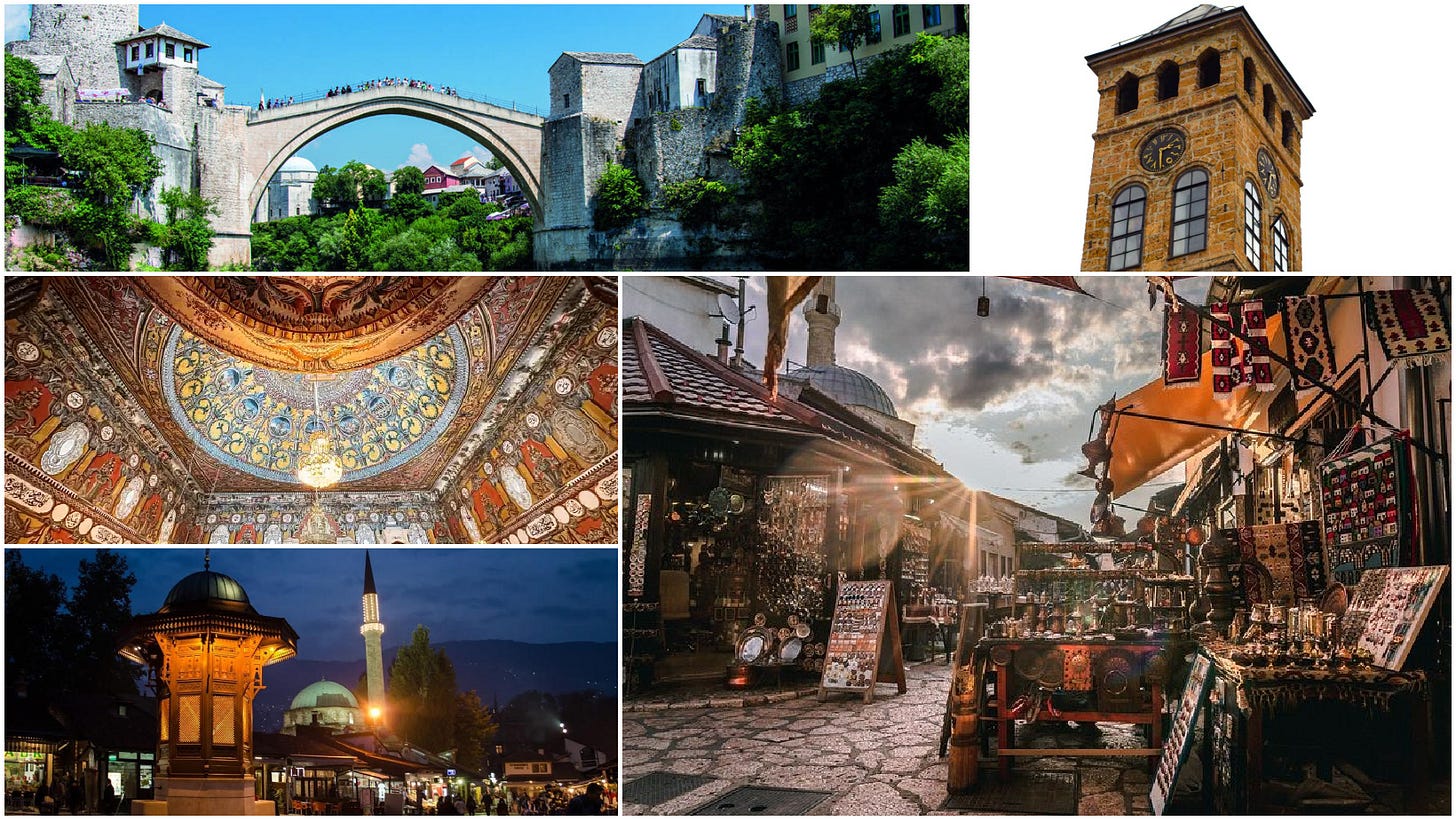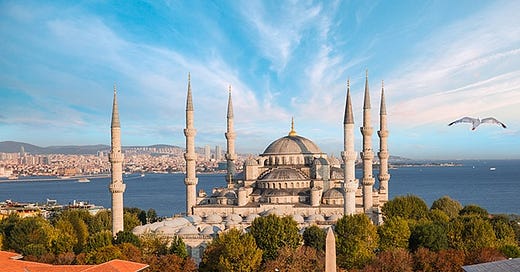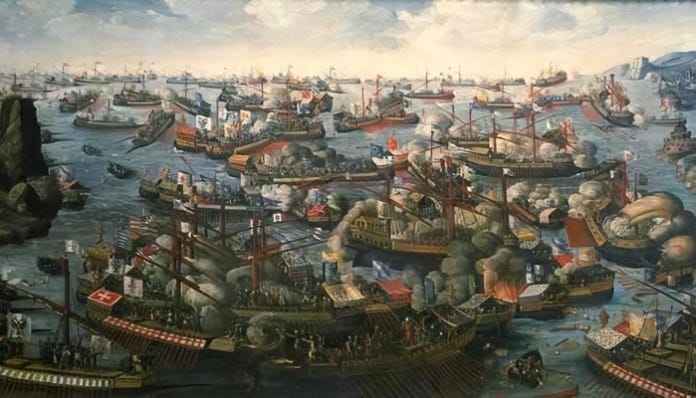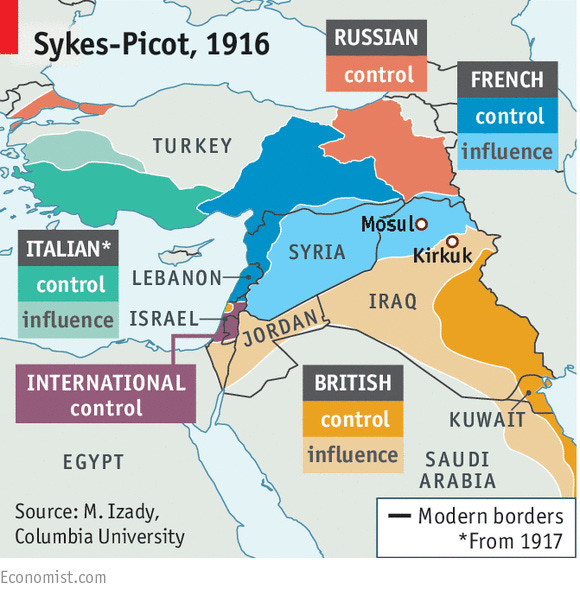Overview
The Ottoman Empire was one of the most enduring empires in history, spanning over six centuries from 1299 to 1922. It grew from a small sultanate established by Osman I in northwestern Anatolia, present-day Türkiye. It expanded to cover vast territories in Southeast Europe, the Middle East, and North Africa. The empire was a significant player in global trade, culture, politics, and warfare over the Middle Ages and early modern periods, influencing many civilizations and fostering a rich cultural heritage.
The empire contributed to many divergent scientific efforts. These advancements occurred and were spread by the Empire:
Constantinople Observatory. Advancements here included measuring the Sun’s eccentricities and the Earth's elliptical orbit around the Sun.
Libraries. The Ottomans created vast libraries across their territory. They translated current and ancient texts and made them available.
Medicine. Invention of forceps, catheters, scalpels, and lancets.
Architecture. The Ottoman Empire built many architectural masterpieces in the Balkans and Türkiye. They created the “Turkish” style of building, which is still used in mosques worldwide.

Early History
The Ottoman Empire's early years rose out of a fractured set of Anatolian feudal states. One of these was run by Osman I, the empire's founder. Osman I led his troops to numerous victories, laying the foundation for future expansion. His successors, particularly Orhan and Murad I, continued this expansionist policy, capturing important cities like Bursa and Edirne. The Battle of Kosovo in 1389 marked a significant victory, establishing Ottoman dominance in the Balkans.
The early Ottomans were adept at integrating diverse cultures and populations into their rapidly growing empire. They consolidated their power by using military prowess, strategic marriages, and administrative reforms. Adopting Islam as the state religion further unified the empire, fostering a shared identity among its subjects.
In 1453, the last bit of the Byzantine Empire, Constantinople, fell to the Ottomans. Along with the defeat of the Venetian Republic, this consolidated the Ottomans’ dominance of the Eastern Mediterranean. After this point, the Ottoman Empire controlled the trade routes to Asia, making it a very rich and militarily strong empire.
Empire at its Height
The Ottoman Empire reached its peak power under Suleiman the Magnificent’s rule (1520-1566). Suleiman's reign marked an era of immense territorial expansion, impressive administrative tactics and cultural brilliance. The empire's borders stretched from the gates of Vienna in the west to the Persian Gulf in the east, from the steppes of Ukraine in the north to the deserts of Arabia and the coasts of North Africa in the south.
The reign of Suleiman was marked with monumental public and religious buildings. Many of those have remained standing since.
Reasons for Decline until 1914
Despite its early successes, the Ottoman Empire began to experience a gradual decline from the late 17th century onwards. Several factors contributed to this decline:
Military Defeats and Territorial Losses: The empire faced several military setbacks, including the defeat at the Battle of Vienna in 1683 and subsequent territorial losses in the Treaty of Karlowitz (1699). These defeats weakened the empire's military and economic power.
Administrative Corruption and Inefficiency. Over time, the once-efficient Ottoman bureaucracy became plagued by corruption and inefficiency. The decentralization of power and the rise of powerful regional governors undermined the central authority.
This was a change from the earlier administrative state, in which local governors were dependent on the Empire for wealth and protection.
Economic Challenges: The discovery of new naval trade routes and the decline of traditional trade routes through Ottoman territory strained the economy. The Empire had controlled the Mediterranean, but with the rise of Spain and Portuguese fleets, the Ottomans had to fight battles far from home. A war with Portugal led to clashes in the Indian Ocean, Persian Gulf, and the Red Sea. Portuguese control of the Cape of Good Hope was critical in these battles.
At the same time, the Empire faced declining revenues from traditional trade routes, and the cost of warfare was rising.
European Imperialism and Intervention: The geopolitical ambitions of Britain, France, and Russia, led to increased intervention in Ottoman affairs. The empire's strategic location made it a focal point of competition among these powers. European nations that competed elsewhere often allied to attack the Ottomans.
Internal Strife and Rebellions The empire faced numerous internal challenges, including rebellions and uprisings by various ethnic and religious groups. The nationalist movements in the Balkans and the Arab Revolts before and during World War I were particularly significant.
A deplorable result of these internal problems was the Ottoman-led genocides between 1913 and 1923. Ottomans, particularly in and around Istanbul, attacked what they saw as enemies of the state. Mass violence and enslavement lead to genocides of Armenians, Greeks, Assyrians, and Muslim Kurds. The repercussions of these have led to ongoing conflicts between these populations and the Turkish.
By the early 20th century, the power of the Ottoman Empire was depleted by these internal conflicts. The empire participated in World War I, allied with the Central Powers. After losing the war, the Ottoman Empire was reduced to the current borders of Türkiye. A revolution of the “Young Turks” remade the traditional Ottoman Empire into a modern country of Turkey that focused on western values. Outside of current borders, the British and French divided up the areas of the Middle East.
Legacy of the Ottoman Empire on the Middle East Today
For over five centuries, the Ottoman Empire ruled most Islamic territories. Although technically not a Caliphate, the Empire controlled both Mecca and Medina. The empire held both Sunni and Shia populations and centers of their religions. The animosity between the two sects was held in check by the ottomans.
The legacy of the Ottoman Empire continues to shape the Middle East's political, cultural, and social landscapes today. Several aspects of this legacy are particularly noteworthy:
Political Boundaries: The modern political boundaries of many Middle Eastern countries are rooted in the divisions of the Ottoman Empire. The arbitrary borders drawn by European powers during the Sykes-Picot Agreement have led to ongoing conflicts and tensions, and they are still flashpoints in the region.
Cultural and Religious Diversity: The Ottoman Empire's millet system promoted a degree of religious and cultural pluralism that still influences the region. The coexistence of various religious and ethnic communities under Ottoman rule has left a lasting mark on the social fabric of the Middle East. Although Islamic leaders ruled the Ottoman Empire, the leadership tolerated other religions, including Judaism, Christianity, and Orthodox faiths. Many Orthodox leaders lived in Istanbul before WWI.
Legal and Administrative Systems: The Ottoman legal and administrative systems have impacted the region. Many modern Middle Eastern states have adopted Ottoman law and governance elements in their legal frameworks.
Geopolitical Influence: The strategic importance of the former Ottoman territories continues to influence global geopolitics. The region's significance in energy resources, trade routes, and political alliances can be traced back to the Ottoman era.
In conclusion, while the Ottoman Empire may have ceased to exist as a political entity, its influence remains deeply embedded in the Middle East's contemporary landscape. Understanding this legacy is crucial for comprehending the region's current dynamics and ongoing challenges.






